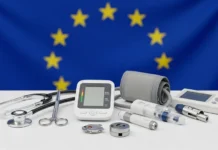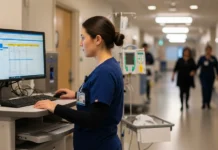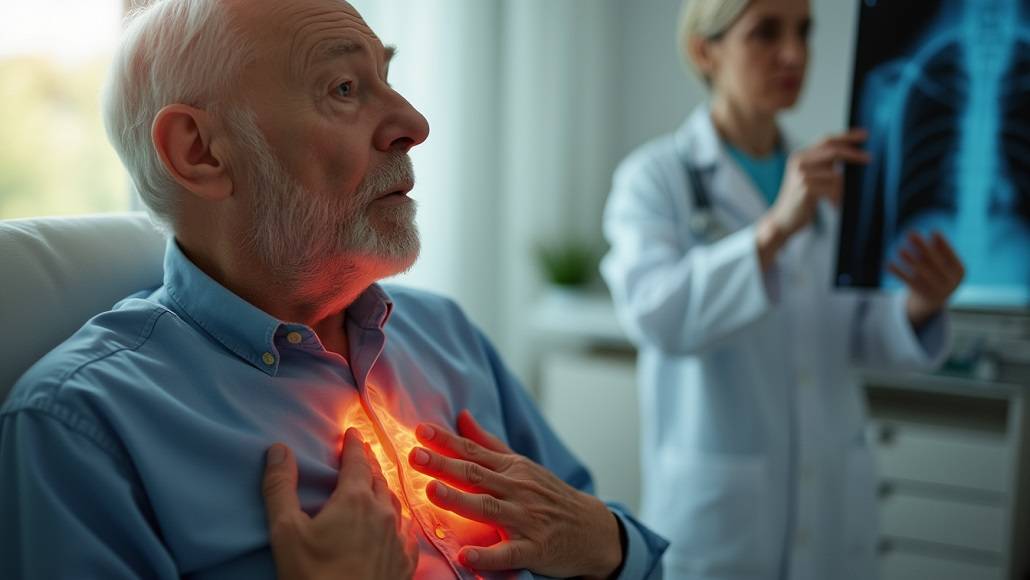When most people think of breast cancer, they envision women facing this challenging diagnosis. However, men can also develop breast cancer, though it remains relatively uncommon. Understanding the signs, risk factors, and treatment options is crucial for early detection and successful outcomes.
The Reality of Male Breast Cancer
Male breast cancer accounts for less than 1% of all breast cancer cases, with approximately 2,650 men diagnosed annually in the United States. While rare, this condition affects real people with real families, making awareness and education essential. Men possess breast tissue, though significantly less than women, which means cancer can still develop in this area.
The average age at diagnosis is around 68 years old, though men of any age can be affected. Unfortunately, many cases are diagnosed at later stages because men often dismiss lumps or changes as benign, and healthcare providers may not immediately consider breast cancer as a possibility.
Recognizing Warning Signs
Early detection significantly improves treatment outcomes. Men should watch for several key symptoms:
Physical Changes to Monitor
- A painless lump or thickening in breast tissue
- Changes in breast skin, including dimpling or puckering
- Nipple discharge, especially if bloody
- Inverted nipple or skin pulling
- Redness or scaling around the nipple area
Any persistent changes warrant immediate medical evaluation. Don’t assume symptoms are harmless simply because breast cancer seems unlikely in men.
Risk Factors and Prevention
Several factors increase the likelihood of developing male breast cancer. Age remains the primary risk factor, with most cases occurring after age 60. Genetic mutations, particularly BRCA2, significantly elevate risk. Family history of breast or ovarian cancer, radiation exposure, and certain genetic conditions like Klinefelter syndrome also contribute to increased susceptibility.
Lifestyle factors play a role too. Obesity, excessive alcohol consumption, and liver disease can affect hormone levels, potentially increasing cancer risk. While these factors can’t always be controlled, maintaining a healthy weight and limiting alcohol intake may help reduce overall risk.
FAQ Section
Q: How is male breast cancer treated? A: Treatment typically mirrors female breast cancer approaches, including surgery, chemotherapy, radiation, and hormone therapy when appropriate.
Q: Is male breast cancer hereditary? A: While most cases aren’t inherited, genetic mutations like BRCA2 can significantly increase risk for both men and their family members.
Q: Can men perform breast self-exams? A: Yes, men should regularly check for lumps or changes, especially if they have risk factors or family history.
Q: What’s the survival rate for male breast cancer? A: When caught early, five-year survival rates exceed 95%, emphasizing the importance of prompt medical attention.
Moving Forward with Awareness
Male Breast Cancer awareness saves lives through early detection and proper treatment. Men experiencing any concerning symptoms should seek immediate medical evaluation without embarrassment or delay. Healthcare providers must also maintain awareness of this possibility when evaluating male patients with breast symptoms.
Breaking the silence around male breast cancer ensures that all affected individuals receive timely, appropriate care. Education, awareness, and open communication remain our strongest tools in fighting this rare but serious condition.


















